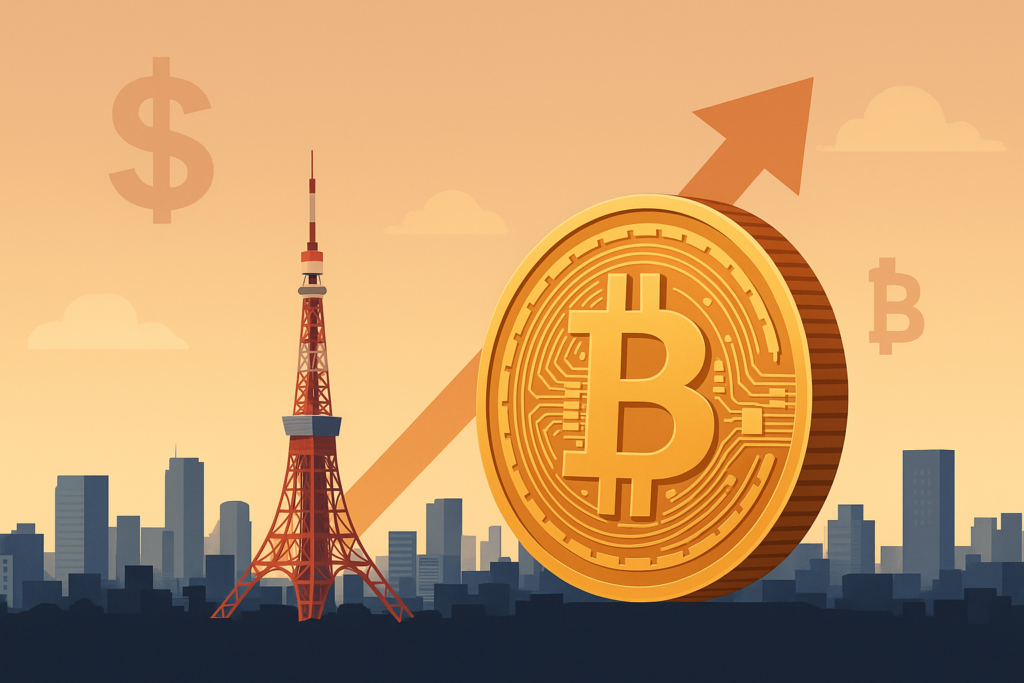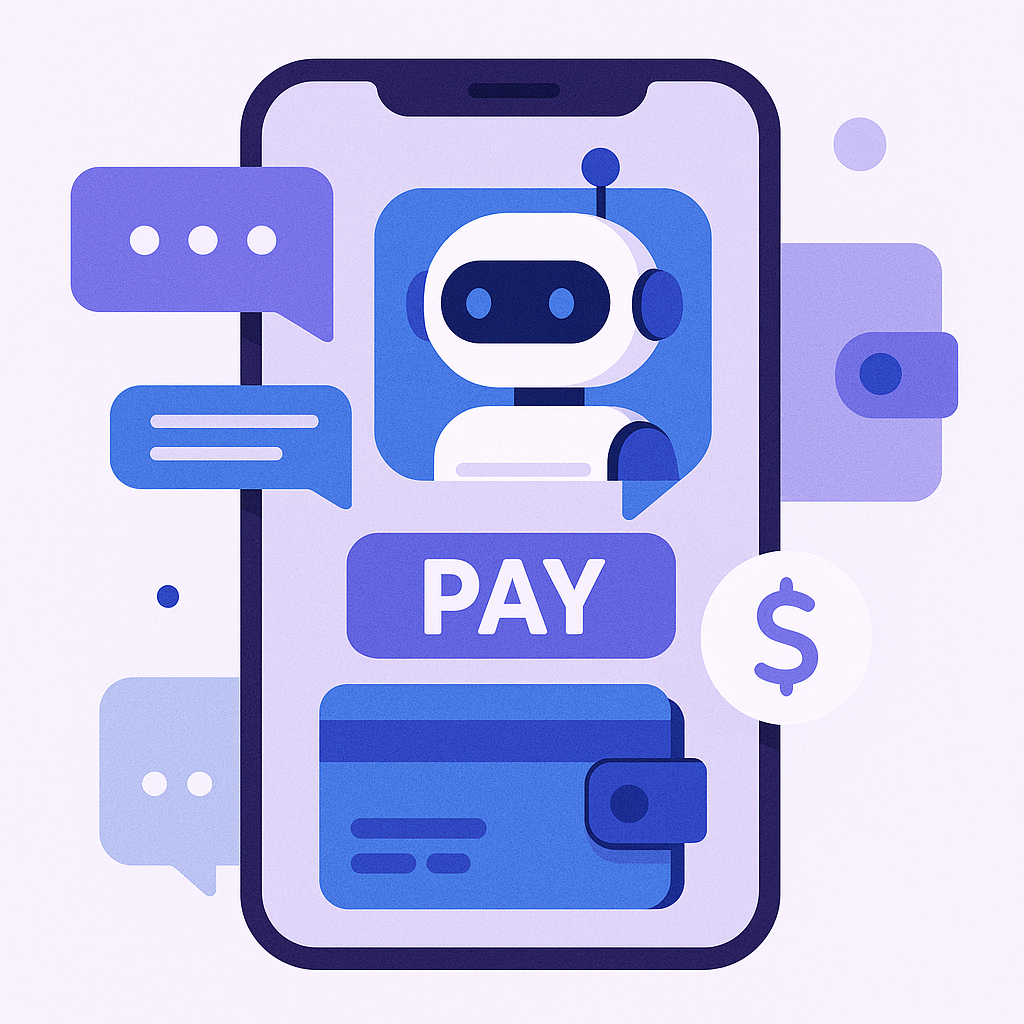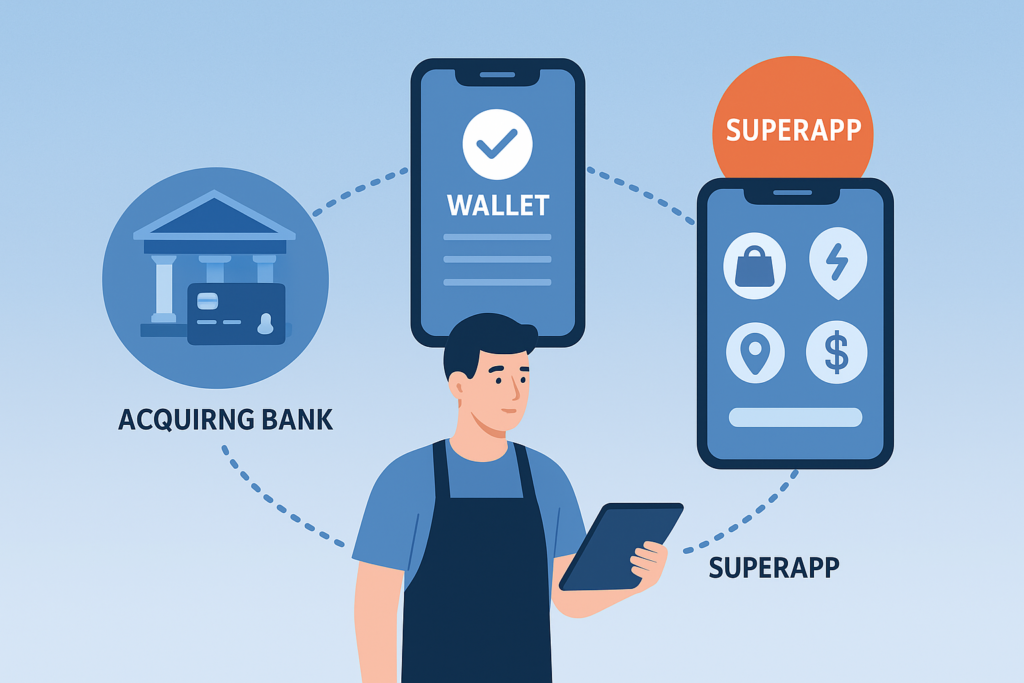Discover, compare, and connect with the world’s best financial and payment service providers. From payment gateways to crypto exchanges – find the perfect solution for your business.
Listed Companies
Categories
User Reviews
Countries
Trusted by thousands of businesses worldwide
All companies go through our verification process to ensure authenticity
Get insights from industry experts and real
user experiences
Find the perfect fintech solution with our advanced search filters
Our comprehensive rating system helps you make informed decisions. We evaluate companies based on market research, regulatory compliance, customer feedback, financial stability, and many other factors.
Trusted, stable, and highly regulated
Some risk factors present, monitored closely
High risk, speculative, proceed carefully
Our risk assessments are based on extensive research including regulatory status, customer reviews, financial stability, business transparency, social media presence, third-party ratings, news coverage, and operational history. We continuously monitor and update these ratings to ensure accuracy.
Discover why thousands of businesses and professionals choose TheFinRate as their trusted fintech directory platform

All companies go through our comprehensive verification process

50,000+ members from 170+ countries
trust our platform

Connect with financial service providers from around the globe

Real user reviews and expert ratings help you make informed decisions

Get valuable market data and industry
trends analysis

Advanced search filters and detailed
company profiles
Stay updated with the latest fintech industry developments

FinTech companies raised just $220M across 14 deals this week, reflecting a global FinTech funding slowdown. Yet, activity in payments,…

Citi’s recruitment drive has hit double digits, with over ten senior JPMorgan bankers joining as Vis Raghavan pushes Citi investment…

Metaplanet has purchased 775 Bitcoin worth $93 million, lifting its total Bitcoin holdings to 18,888 coins and strengthening its position…







145 companies

89 companies

167 companies

234 companies

78 companies

123 companies

95 companies

67 companies
April 7, 2025
Devcom 2024 Date: August 18-19, 2024. Location: Koelnmesse, Cologne, Germany Website: Devcom 2024 Overview: Devcom...
Learn MoreFebruary 27, 2025
TRANSACT 2025 Event Date: April 2-4, 2025 Event Location: Las Vegas, USA Event Description: TRANSACT 2025...
Learn MoreFebruary 27, 2025
Retail Technology Show 2025 Event Date: April 2-3, 2025 Event Location: ExCeL London, UK Event...
Learn MoreExpert insights and industry knowledge at your fingertips

From checkout to chatbot, conversational payments are changing how people interact with businesses. Could this be the new default interface…

The fight for the merchant relationship battle in 2025 is intensifying. Acquirers, wallets, and superapps all want to be the…

More than 70% of shoppers around the world would rather pay online or with their phones than dig for cash…